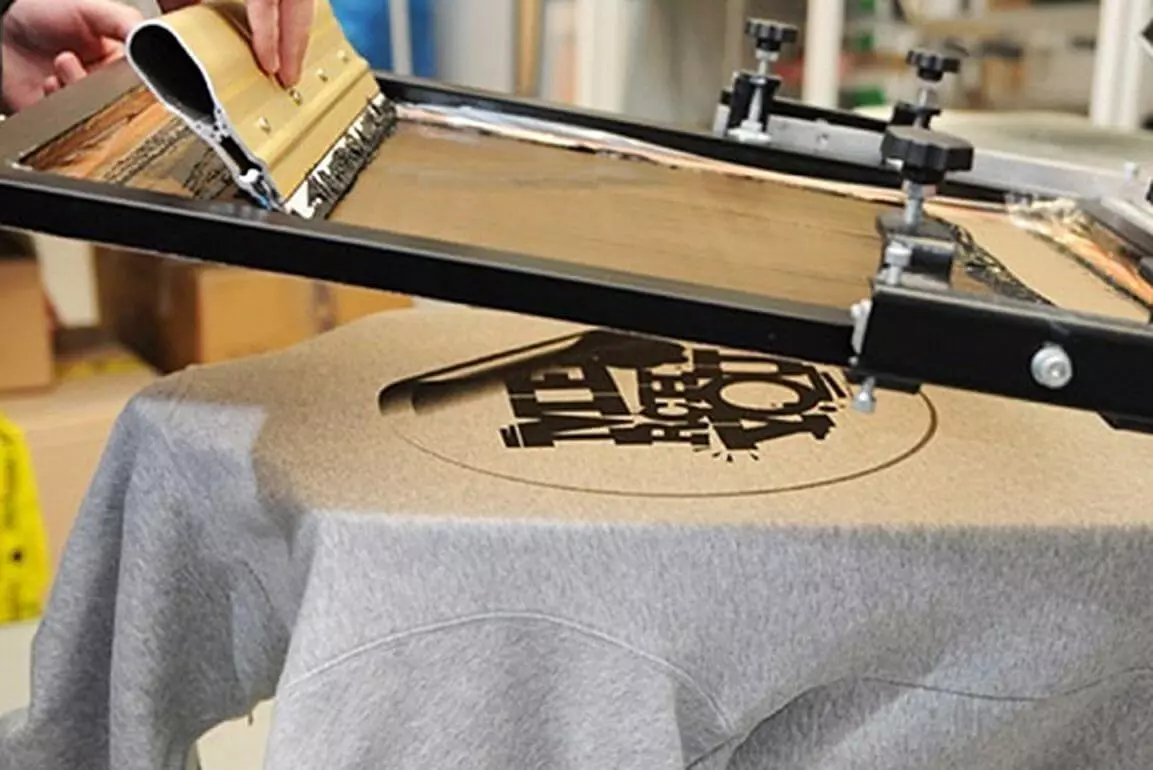Surely you have also noticed that there is a great focus on Digital Fabrication. The production technology and software you can use to make your models, it’s about the generic process for preparing STL models for CNC routers for one of the digital manufacturing processes, 3D printing. Of course, depending on the type of initial file and the equipment that will be used to produce it, this process can have some variations. To make virtual models, it is necessary to use software, as you can imagine. And in this field there are countless choices and there are many free alternatives that you can try.

General file preparation process
There are 5 basic steps to prepare a file for digital fabrication:
- Modeling
- Export
- Validation
- Convert to Manufacturing Instructions (G -Code)
- Manufacture
Modeling
To model your designs, there are two basic principles:
- Solid Modeling
- Surface Modeling
In Solid Modeling, modeled objects are filled from the inside. Most professional CAD programs use this principle. A solid virtual model allows calculations and simulations (e.g. object weight, thermal conductivity, etc.). Solid Modeling tends to have fewer errors when printing in 3D. In Surface Modeling, what we model are the “walls” of the model. All models are empty inside. Most free or open CAD programs use this principle. As surface models, care must be taken not to leave “holes” on the surfaces. If you leave a hole in the surface, the computer does not know what the object is inside or outside and cannot interpret the model to print, for example.
Export
Regardless of the type of modeling you use, in the end you must have a compatible file for Digital Fabrication, which is often an .STL file. An .STL file is a pure representation of an object’s geometry. It has no information about color, material, texture or mass.

Ryan Myers is a business blog author and writer. He graduated from the University of California, Berkeley in 2009 with a degree in Political Science. His favorite topics to write about are blogging for small businesses and becoming an entrepreneur.













